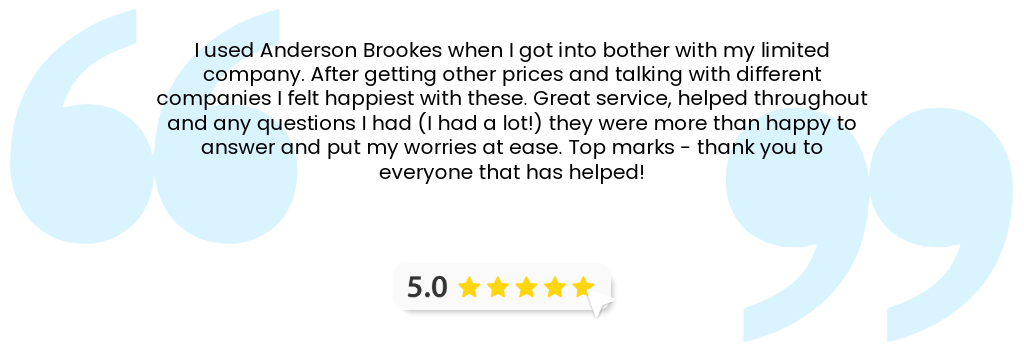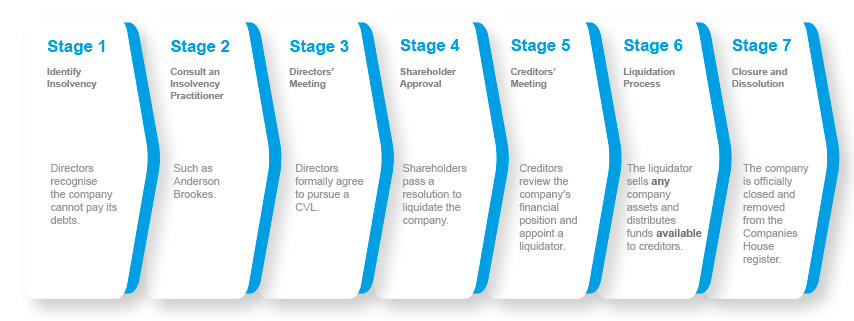
If your limited company has accrued VAT debt and faces insolvency, you must act swiftly and responsibly. Ignoring VAT arrears can lead to severe penalties, enforcement actions by HMRC, and potential personal liability. This comprehensive guide outlines the precise steps and legal obligations directors must follow when closing a limited company with VAT debt.
Table of Contents
Understanding the urgency of VAT debt
VAT debt is different from other debts as HMRC classifies it as a preferential debt. This means HMRC receives priority during asset distribution when a company closes. Failing to act quickly can escalate the situation, resulting in aggressive debt recovery actions, including compulsory liquidation or personal liability for company directors.
Need confidential advice about closing your company? Contact us today.
Fast facts for directors: Immediate steps to manage VAT debt
| Action Step | Description | Importance |
|---|---|---|
| Acknowledge insolvency | Recognise the inability to meet VAT debts promptly. | Crucial |
| Cease trading responsibly | Stop incurring additional debt immediately. | High |
| Contact HMRC promptly | Negotiate a Time to Pay (TTP) arrangement. | High |
| Avoid voluntary strike-off | HMRC will object to dissolution attempts. | Essential |
| Initiate CVL | Engage a licensed insolvency practitioner for liquidation. | Essential |
| Understand director responsibilities | Ensure no wrongful trading or misconduct occurs. | Crucial |
How to arrange a CVL: Step-by-step
Step 1: Hold a shareholders’ meeting
Directors call a general meeting. Shareholders pass a resolution stating the company cannot continue due to insolvency. At least 75% of shareholders must agree.
Step 2: Appoint an insolvency practitioner
Select a licensed insolvency practitioner who will manage the liquidation. Their role is essential for asset realisation, creditor communications, and legal compliance.
Step 3: Advertise the resolution
The insolvency practitioner publishes a notice in The Gazette within 15 days, making the liquidation public and notifying creditors formally.
Step 4: Notify Companies House
Send a copy of the resolution to Companies House within 15 days of passing. The insolvency practitioner manages these communications.
Step 5: Asset realisation and debt repayment
The insolvency practitioner liquidates company assets and distributes proceeds. HMRC, as a preferential creditor for VAT debts, receives priority. Remaining debts are written off if assets are insufficient.
Step 6: Final reporting and dissolution
The insolvency practitioner investigates directors’ conduct, ensures all legal obligations are met, and formally applies for company dissolution.
Director liabilities and responsibilities
Directors must understand potential personal risks when dealing with VAT debts:
- Wrongful trading: Continuing operations while insolvent can lead to personal liability for debts.
- Personal guarantees: Directors remain personally responsible for debts covered by guarantees even after liquidation.
- HMRC investigations: HMRC may investigate directors for misconduct or deliberate non-payment of VAT.
Ensuring transparent financial management and prompt engagement with insolvency practitioners mitigates these risks significantly.
Can directors claim redundancy?
If you received a salary from your limited company, you might qualify for redundancy payments. These claims can offer financial relief during company closure. An insolvency practitioner can assist you in making a claim to the Redundancy Payments Service.
Professional support from Anderson Brookes
Navigating VAT debt and company closure requires expert support. Anderson Brookes specialises in insolvency procedures, ensuring directors remain compliant and protected. We provide:
- Clear advice on insolvency and VAT debt management
- Negotiation support for Time to Pay arrangements
- Expert handling of the Creditors’ Voluntary Liquidation process
- Assistance with director redundancy claims
Contact Anderson Brookes for a free, confidential consultation today.

Prevent future VAT issues
Avoid repeating VAT debt problems by implementing robust financial controls:
- Regularly review financial positions
- Set aside funds for VAT as part of budgeting
- Maintain proactive cash flow management
Frequently asked questions (FAQs)
Can I close a company with outstanding VAT debts?
Yes, but through a formal insolvency process (CVL), not voluntary strike-off.
What happens if I ignore VAT arrears?
HMRC may pursue aggressive enforcement actions, including compulsory liquidation and personal liabilities for directors.
How long does a CVL take?
Typically, a CVL takes several months to complete. The timeline depends on asset complexity and creditor engagement.
Am I personally liable for my company’s VAT debts?
Potentially, yes, especially if wrongful trading or personal guarantees are involved. Seek professional advice immediately.
For more information or immediate support, contact Anderson Brookes today.

